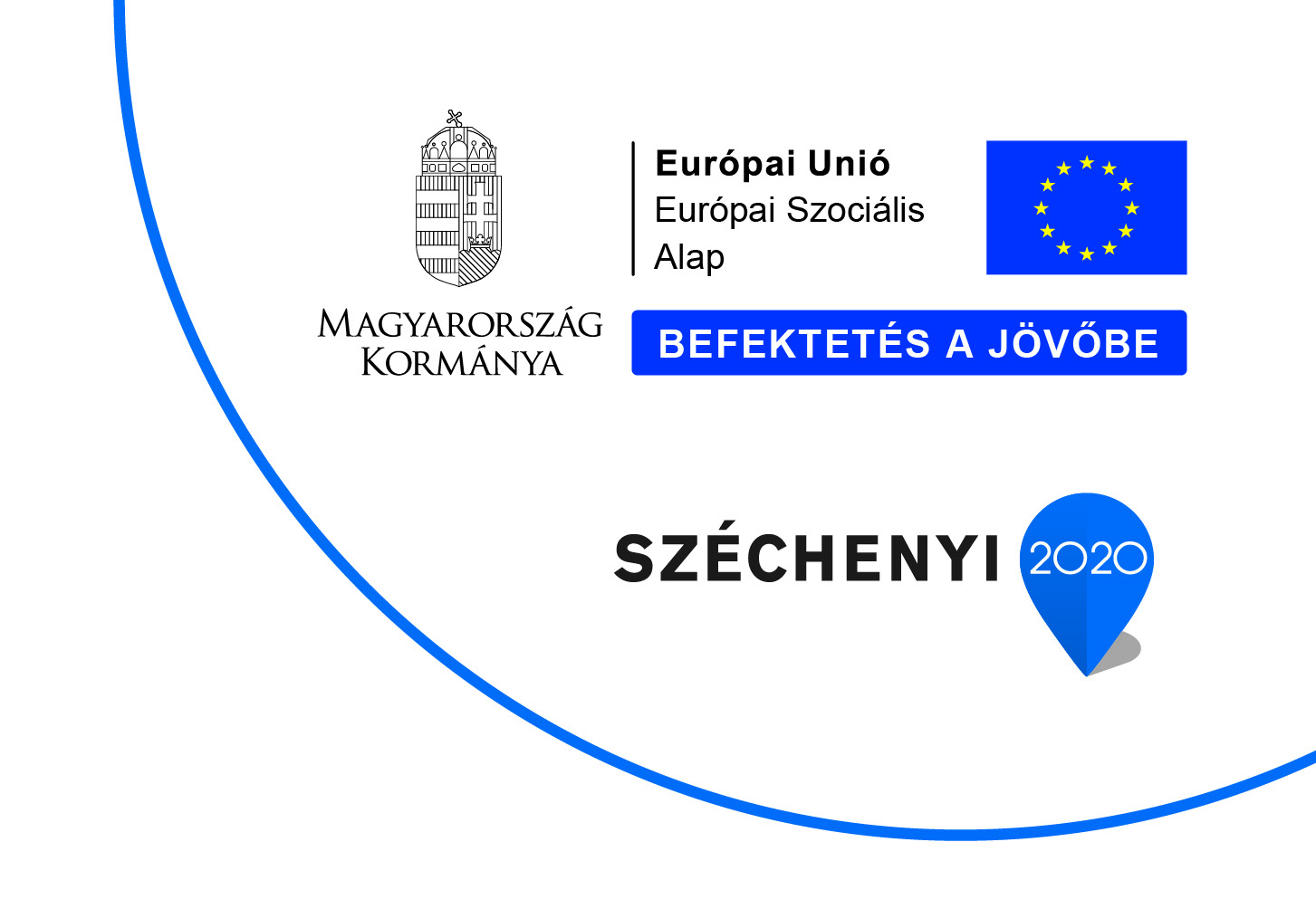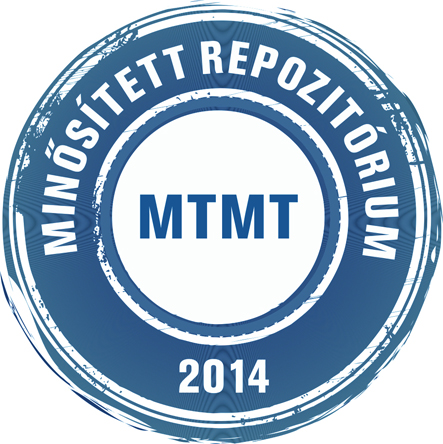Kiss Nikolett Éva és Tamás János és Nagy Attila (2022) Life cycle assessment of composting and utilisation of broiler chicken manure. In: No Question: Sustainability is Everyone’s Business V. BBS International Sustainability Student Conference Proceedings. Budapesti Gazdasági Egyetem, Budapest, Magyarország, pp. 130-143. ISBN 978-615-6342-38-6
|
Szöveg
Nikolett_Éva_Kiss.pdf - Megjelent verzió Download (395kB) |
Abstract
The management and recycling of organic manure, which is generated in increasing quantities in fastgrowing industries such as broiler chicken production, has become extremely significant. The European Union also encourages the application of organic fertilizers through the European Green Deal, which one of the aims to minimize chemical fertilizer use and increase the use of organic fertilizers. In the present study, the treatment and application of broiler chicken manure was investigated from an environmental standpoint, using the life cycle assessment methodology (ISO 14040:2006) and including three impact categories (global warming potential (GWP), acidification potential (AP), eutrophication potential (EP)). In the first scenario, the environmental impact of the production of a composted and pelleted poultry litter (CPPL) product from a so-called Hosoya composting plant was evaluated. The environmental impact of producing CPPL in the amount necessary to supply a 100 ha area with nutrients was analysed, compared to the environmental impact of producing NPK fertilizer combinations (AN, CAN, urea, TSP, MAP, KCl) with the same active ingredient content. In the second scenario, the environmental impact on maize production was assessed when nutrient replenishment was carried out with CPPL and NPK fertilizer combinations. Based on the results of the first scenario, the environmental impact of producing the CPPL is similar for GWP and higher for AP and EP than for the NPK fertilizer combinations. But need to considering that the same amount of NPK active substance requires a much larger amount of broiler chicken manure to be processed than the amount of chemical fertilizer to be produced. In contrast, in the second scenario a much lower environmental impact was already observed for GWP, AP and EP when the nutrient supplementation was done with CPPL in maize production. Overall, the results indicate that CPPL can be viable alternative to chemical fertilizers, not just from an environmental standpoint but from financially due to continuously rising fertilizer prices.
Tudományterület / tudományág
társadalomtudományok > gazdálkodás- és szervezéstudományok
Kar
Intézmény
Budapesti Gazdasági Egyetem
| Mű típusa: | Könyv része | ||||||||||||
|---|---|---|---|---|---|---|---|---|---|---|---|---|---|
| Szerző publikációban használt neve: |
|
||||||||||||
| Kulcsszavak: | life cycle assessment, broiler chicken manure, Hosoya composting system, environmental impact | ||||||||||||
| Felhasználó: | Kinga Eszenyi-Bakos | ||||||||||||
| DOI azonosító: | https://doi.org/10.29180/9786156342386_10 | ||||||||||||
| Rekord készítés dátuma: | 2022. Okt. 06. 13:24 | ||||||||||||
| Utolsó módosítás: | 2022. Okt. 13. 14:29 | ||||||||||||
| URI: | https://publikaciotar.uni-bge.hu/id/eprint/1926 |
Actions (login required)
 |
Tétel nézet |




